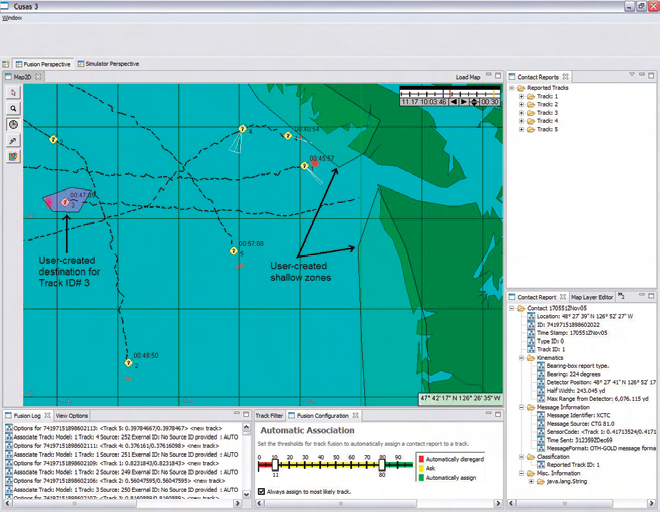Airworthy Cable Angle Measurement System
Date: Jan 01, 2012
Source: ARMY SBIR Success Story ( click here to go to the source)
Roadside bombs and ambushes during convoy missions account for a large percentage of the total casualties sustained in current conflicts. Manned helicopters for resupply could reduce the number of trucks on the roads, but are limited by hardware and pilot availability. The US Army and Marines Corps (USMC) have begun testing and fielding unmanned helicopters with external cargo sling-loads to satisfy this mission need and save lives. Successful air operations with slung loads are challenging because the loads move in complex ways during flight. To improve flight safety, pilots need feedback from the slung load to compensate for this motion. Unmanned Aircraft Systems (UAS) present an even tougher challenge since there is no person to "feel" load motion.
Advanced Optical Systems, Inc. (AOS) has developed the Cable Angle Measurement System (CAMS) to provide feedback to pilots and flight computers about the position ofthe load beneath the aircraft. By using an optical sensor, beacon, and custom electronics, the CAMS measures the load's angle relative to the helicopter with better than 0.1° accuracy across a 150° field of view. The CAMS load position feedback allows flight control computers to steady loads dynamically.
TECHNOLOGY TRANSITION:
As part of an Army Phase II U.S. Army Aviation and Missile Research, Development and Engineering Center Enhancement, AOS is preparing CAMS for integration into the existing hermes auto sling-loadpick-up and delivery system -another Army SBIR technology.AOS secured $1.9M in matchingfunding from Lockheed Martin tocomplete development, qualificationtesting, and demonstration of keyCAMS components. As a result of early successes, the USMC has ordered 3 hermes auto load delivery systems for deployment to Afghanistan in May 2012. The combined system will increase the speed and accuracy of UAS cargo resupply and reduce the hardwarefootprint and need for highly trained personnel at forward operating bases.
Source: ARMY SBIR Success Story ( click here to go to the source)
Featured firm in this article: Advanced Optical Systems Inc of Huntsville, AL
 |
Advanced Optical Systems, Inc. (AOS) has developed the Cable Angle Measurement System (CAMS) to provide feedback to pilots and flight computers about the position ofthe load beneath the aircraft. By using an optical sensor, beacon, and custom electronics, the CAMS measures the load's angle relative to the helicopter with better than 0.1° accuracy across a 150° field of view. The CAMS load position feedback allows flight control computers to steady loads dynamically.
TECHNOLOGY TRANSITION:
As part of an Army Phase II U.S. Army Aviation and Missile Research, Development and Engineering Center Enhancement, AOS is preparing CAMS for integration into the existing hermes auto sling-loadpick-up and delivery system -another Army SBIR technology.AOS secured $1.9M in matchingfunding from Lockheed Martin tocomplete development, qualificationtesting, and demonstration of keyCAMS components. As a result of early successes, the USMC has ordered 3 hermes auto load delivery systems for deployment to Afghanistan in May 2012. The combined system will increase the speed and accuracy of UAS cargo resupply and reduce the hardwarefootprint and need for highly trained personnel at forward operating bases.





